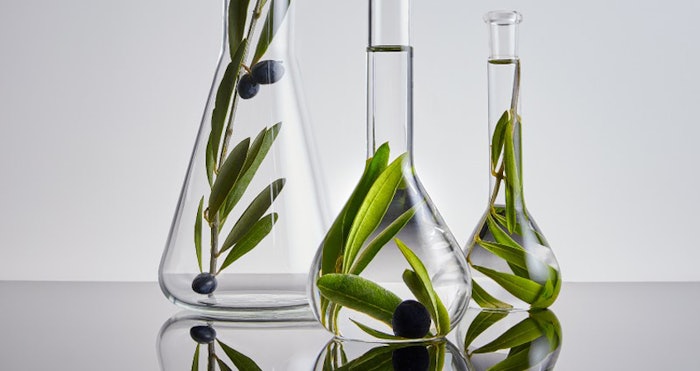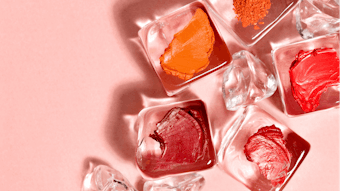
One-third of the food produced each year is wasted, according to the United Nations, and is becoming a major issue. Consequently, producers are looking to reduce their waste by valorizing their food by-products.
Moreover, the pandemic accelerated emerging trends such as valorizing food waste in an eco-friendlier approach. The cosmetic industry is definitely involved as many companies have begun to focus on upcycled raw materials.
As consumers are increasingly in demand for ingredients committed to the circular economy, upcycling appears as a not-to-be-missed key.
- A Major Trend…
In recent years, many emerging brands have been created based on upcycling and major cosmetic companies have launched products composed of upcycled ingredients—but what is upcycling?
Upcycling can be translated as "recycling from above." It refers to the process of transforming by-products into a product of higher quality or value than the original material.
As the industry as a whole has observed, the pandemic accelerated emerging cosmetic trends:
- Consumers are more aware of the origin of their beauty products and the environmental impact of their consumption, leading to the want for more sustainable raw ingredients.
- And the recent disruption of the supply chain led buyers to look towards the food industry waste.
Thus, upcycling is a big trend. It was also addressed on Mintel that 58% of Canadians consider food waste as an environmental issue when purchasing. In the cosmetic industry, consumers showed a similar mindset: in the United States, 25% of 25–34-year-old skin care users worry about their products’ environmental impact.
Since its creation in 1996, SOPHIM has been overcoming the challenges of sustainable cosmetics. Its main raw material, the olive, is a renewable resource and the company goes further in its approach—its flagship ingredient is a 100% Olive Squalane derived from by-products of the food industry. SOPHIM has been dedicated to sustainability since the very beginning.
2. ... Here to Stay
The traditional economic model has for a long time been based on a linear approach, involving destruction or a low recovery of waste after the act of consumption. This model is a major producer of waste with a significant impact on the environment such as depletion of non-renewable resources, biodiversity, high greenhouse gas emissions, etc.
The circular economy is an alternative to this linear approach, focusing on efficiency and sustainability at every stage of the production, consumption and end-of-life process. The value created spreads throughout the supply chain from the seller to the consumer.
Brands are already starting to move towards zero waste policies to ensure the biodegradability of the product… but what about the upstream of the supply chain?
Upcycling appears as the missing piece of the puzzle and a long-term solution for more sustainable cosmetics.
By developing Phytosqualan®, a 100% Olive Squalane emollient, SOPHIM – cosmetic ingredient supplier has established itself on this circular approach:
- Upcycled raw material (food industry).
- Green chemistry principles: 95% of the by-products valorized.
- End-of-life: Phytosqualan® is biodegradable.
Let’s be committed together for sustainable development and future more upstream of the supply chain.
Disclaimer:
The above paid-for content was produced by and posted on behalf of the Sponsor. Content provided is generated solely by the Sponsor or its affiliates, and it is the Sponsor’s responsibility for the accuracy, completeness and validity of all information included. Cosmetics & Toiletries takes steps to ensure that you will not confuse sponsored content with content produced by Cosmetics & Toiletries and governed by its editorial policy.









